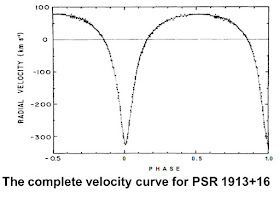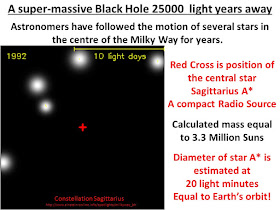Everybody is talking about the successful detection of gravitational waves (GW) at aLIGO (advanced Laser Interferometer Gravitational-Wave Observatory).
Einstein's theory of general relativity has passed all tests.
The observation of binary pulsars in 1974 by Taylor and Hulse had confirmed the emission of GW in exact accordance with the predictions of General Relativity. It is the actual observation of GW by aLIGO that has now provided the final and the most stringent of tests.
The discovery itself has been covered extensively in many places - I provide some of the links
Abbott et al (LIGO Collaboration) - Original Research Paper
Physics World
Science Daily
Time.com
The excitement of this discovery is being felt throughout the world. As it happens with many scientific discoveries, the general public tends to have short memories and the research is forgotten very quickly. Theory of relativity is a very difficult concept to digest - even Einstein had great difficulty in convincing his fellow scientists about his theory. (Einstein was awarded Nobel Prize in 1921 - not for his theory of relativity but for explaining photoelectric effect - such was the problem with scientists able to grasp what Einstein was telling them). It is important that some historic perspective is provided for the discovery. The UK newspaper Independent has an excellent introduction about the background to the discovery of gravitational waves.
I had published my PowerPoint slides relating to a community outreach course on Einstein's Theories of Special and General Relativity and this is an excellent source for non-specialists who wish to learn more about Einstein's biography and his theories.
In the following I reproduce the slides from my course that relate to the 1974 discovery of binary pulsars by Taylor and Hulse for which they were awarded the 1993 Nobel Prize. Their observations had confirmed the emission of gravitational waves (GW) and provide an important landmark. Some slides explaining the physics of black holes are also included.
In 1919, Eddington provided the experimental test for General Relativity when he observed the bending of light from distant stars by the gravitational field of the Sun - Newton's theory of gravitation just cannot explain this effect but general relativity predicted the exact number.
For the pulsars, the effect is 100,000 times greater than for Mercury's orbit and Taylor and Hulse's observation were really wonderful in establishing the general theory on a firm footing.
 Since Taylor and Hulse's discovery of the first binary pulsar system, other binary pulsars have been observed . Next slide describes a pair that has four times larger annual advance of periastron (point on the orbit when the distance between the stars is the least).
Since Taylor and Hulse's discovery of the first binary pulsar system, other binary pulsars have been observed . Next slide describes a pair that has four times larger annual advance of periastron (point on the orbit when the distance between the stars is the least).http://ektalks.blogspot.co.uk/2016/02/gravitational-waves-theory-of-general.html
APS has free access to important papers on General Relativity - for how long? - I do not know.
















No comments:
Post a Comment